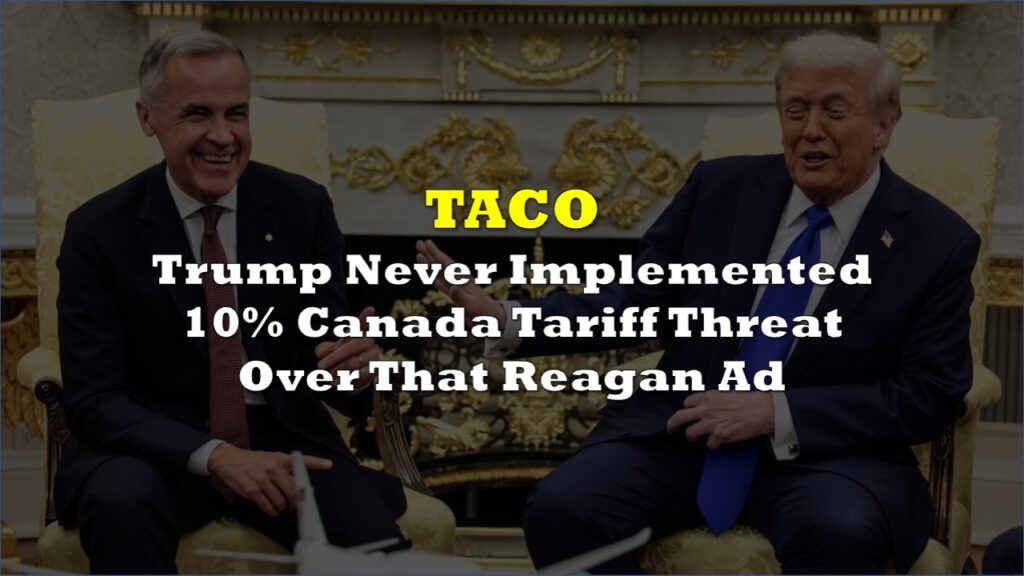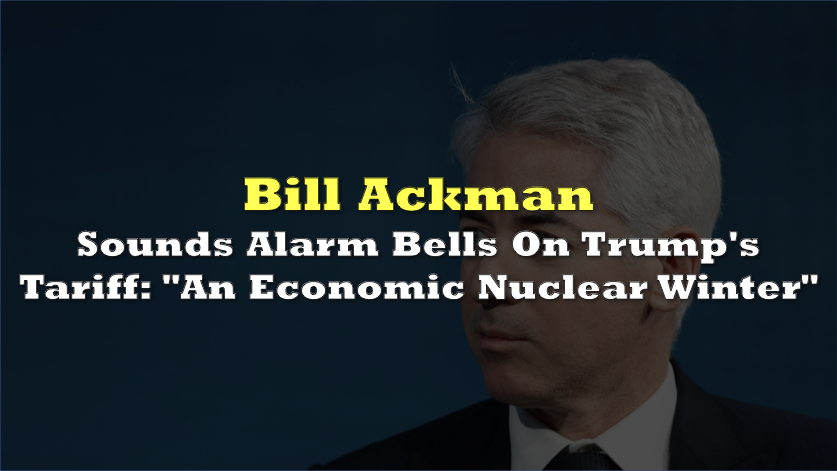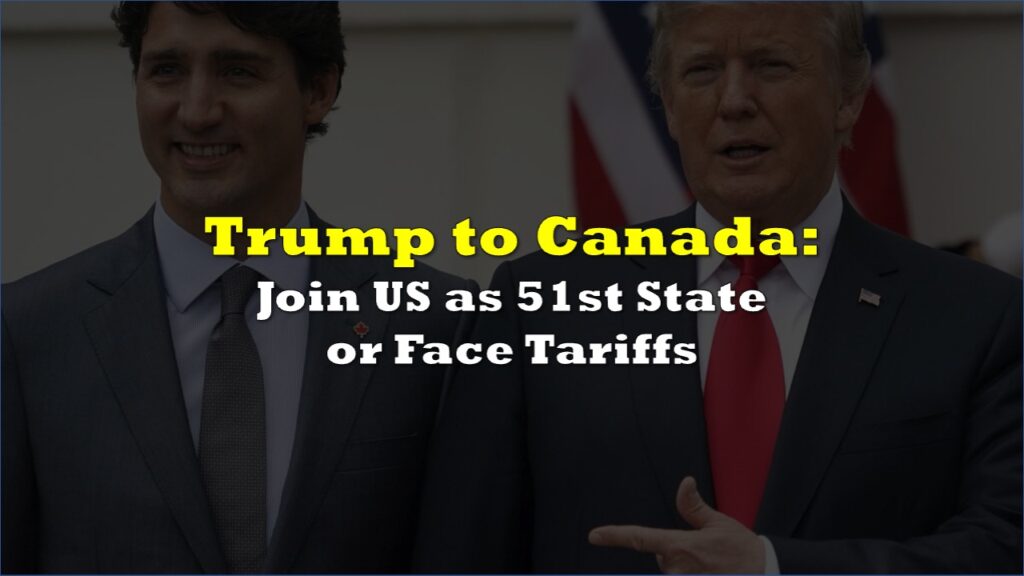US President Donald Trump has signed the blanket 25% tariffs he promised to impose on imports from Canada and Mexico. The order, set to take effect this Saturday, is touted as a response to border security concerns, particularly the influx of fentanyl into the United States.
*TRUMP: 25% TARIFFS ON CANADA AND MEXICO
— zerohedge (@zerohedge) January 30, 2025
And that's just the start https://t.co/xTxt55hS9p
He just signed it. 25% tariffs on Canada and Mexico. 🚨🚨🚨🚨🚨 https://t.co/aXH8M9gy25
— Juanita Broaddrick (@atensnut) January 30, 2025
Trump asserts that imposing tariffs will pressure these nations into stronger enforcement against the production and trafficking of the synthetic opioid.
Facing the tariff threat, both Canada and Mexico have vowed to retaliate, warning that the tariffs will harm regional economic stability and disrupt critical industries, including agriculture, manufacturing, and automotive production. But Trump remains undeterred, insisting that these measures are necessary to protect American industries and reduce reliance on foreign goods.
Trump said he is ready to impose 25% tariffs on Canada and Mexico. If he follows through, the tariffs will not be imposed on Canada or Mexico, but on Americans who buy Canadian or Mexican goods.
— Peter Schiff (@PeterSchiff) January 30, 2025
Oil “May Or May Not” Be Included
While Trump has stated that oil and gas imports are not currently subject to the 25% duty, he has also left the door open for potential changes. “We’re going to make that determination probably tonight,” he said after signing the order.
🔴 TRUMP: I'M MAKING A DETERMINATION ON OIL TONIGHT.
— FinancialJuice (@financialjuice) January 30, 2025
He reasoned that Canada and Mexico send oil to US and the decision on tariffs may depend “on what their price is.”
But Trump also argued that the US would be able to make up for any decline in imports “very quickly” because he believes “we don’t need the products they have.”
“We have all the oil you need,” he added.
This ambiguity is critical given that Canada alone supplies over 50% of US crude imports, while Mexico accounts for an additional 11%. If oil and gas were to be included in the tariffs, energy prices in the US could see significant volatility, affecting everything from consumer fuel costs to industrial production expenses.
READ: Trump Claims U.S. Doesn’t Need Canada—But the Numbers Tell a Different Story
Adding further complexity, Trump has also signaled that China may face similar tariff pressures, particularly concerning its role in the fentanyl trade.
“So China is going to end up paying a tariff also for that, and we are in the process of doing that,” he stated.
China has warned against escalating trade tensions, calling for diplomatic solutions and economic cooperation instead of punitive tariffs.
Trump’s tariff strategy appears to fold within his protectionist policies that played a significant role in his campaigns since 2016. However, experts remain divided on assessing the economic impact of such measures.
Information for this briefing was found via Al Jazeera and the sources mentioned. The author has no securities or affiliations related to this organization. Not a recommendation to buy or sell. Always do additional research and consult a professional before purchasing a security. The author holds no licenses.









